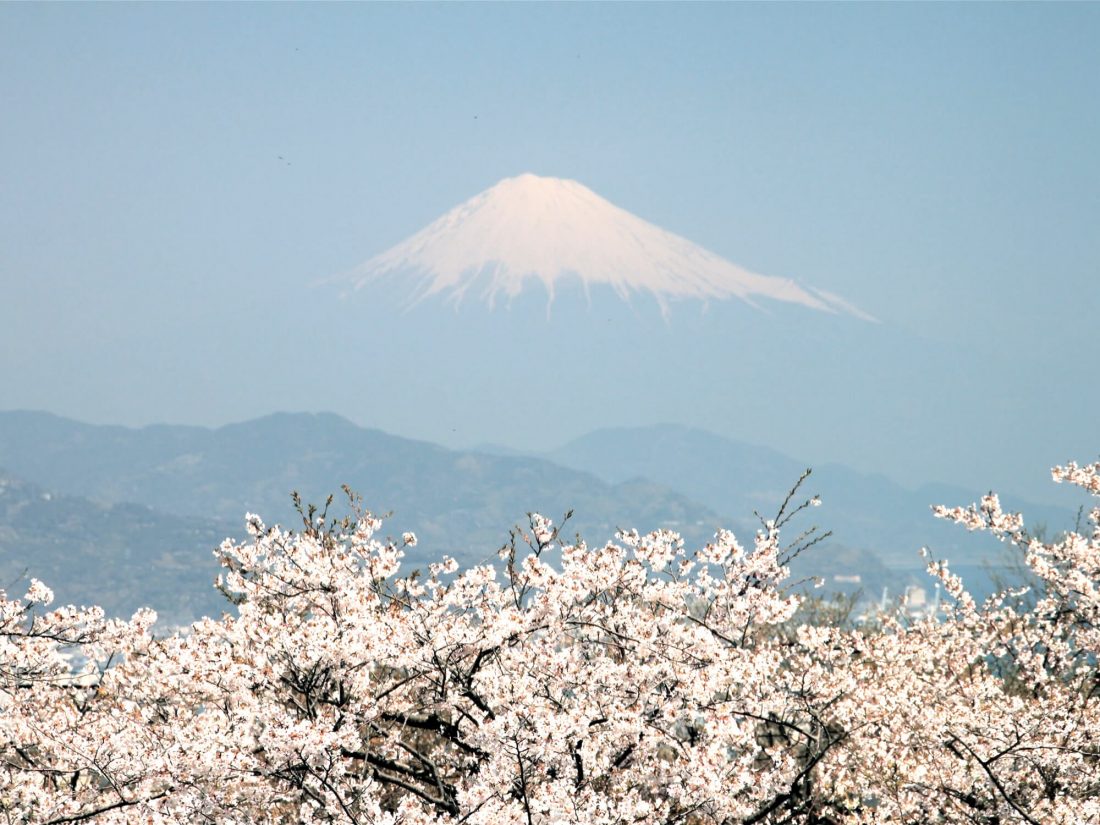It’s hard to beat Japan when it comes to celebrating spring! The cherry blossom season is a celebration in its own right: hanami, literally “watching the flowers” is a custom deeply rooted in the Japanese culture. In this period of self-isolation, I’m taking you to a digital hanami: a trip to Japan in spring.
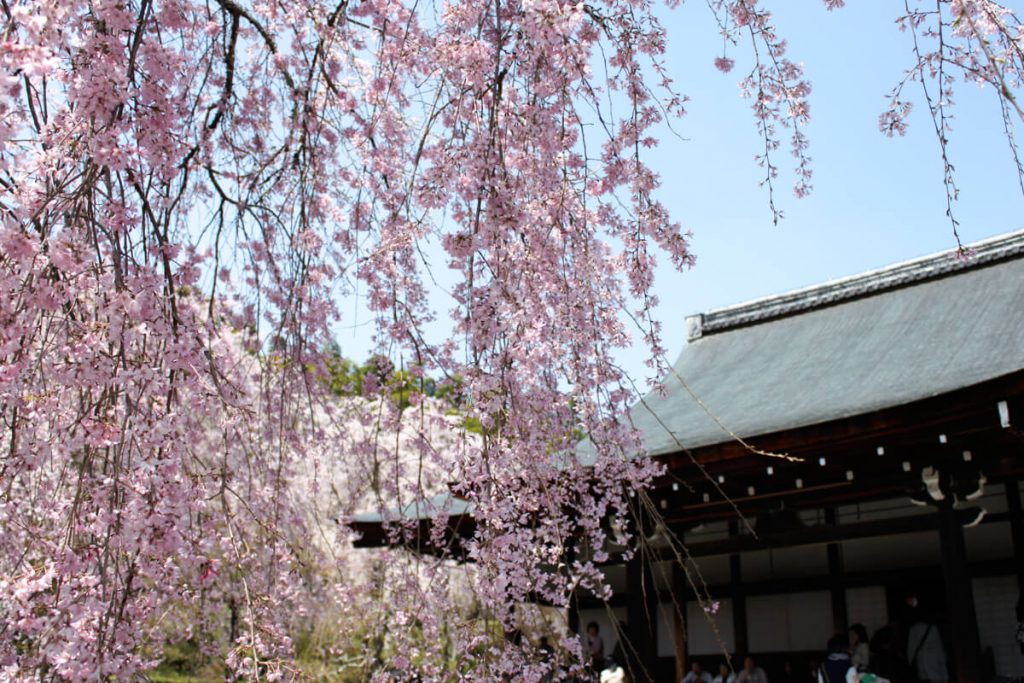
Spring is a special time in Japan. The sakura blooming is celebrated throughout the archipelago and offers superb landscapes. Sakura is the Japanese word for cherry trees and their flowers. Flowering begins in March and ends in early April. It is, of course, depending, not only on the regions, but also on the varieties of trees. The trees keep their flowers for about 2 weeks. It is therefore good to check the blooming forecasts before planning your route. Cherry trees bloom later in Kyoto. So if you’re a little late in Tokyo, chances are you will be on time for the peak in Kyoto.
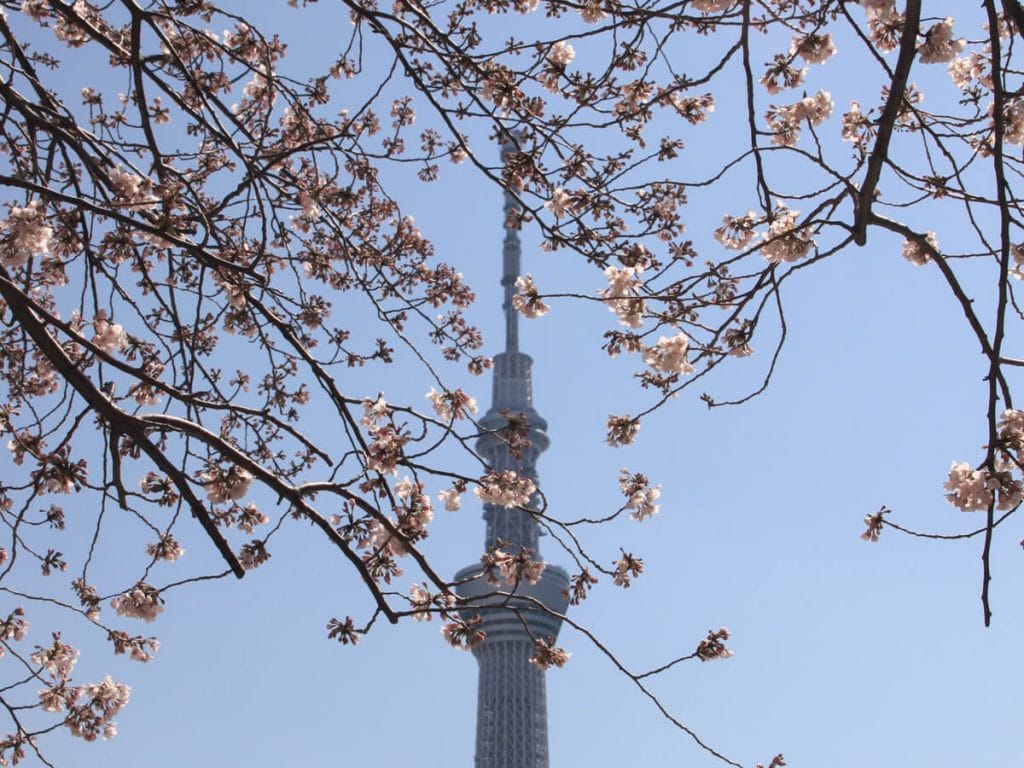
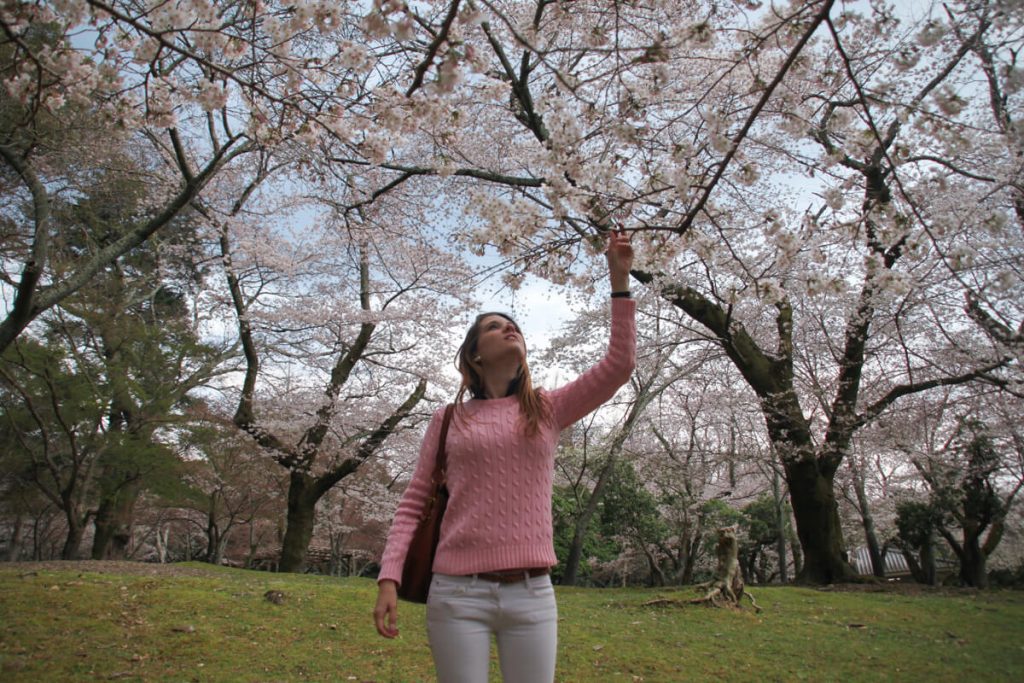
Hnami: a real tradition
The Japanese meet up with family and friends to picnic under the cherry trees. Sitting on the famous blue tarpaulins (hard to miss them!), They eat and drink sake while enjoying the ephemeral beauty of sakura. This is called hanami, 花 見, literally, “to look at the flowers”. This custom is in the spring what momijigari (observing the change in leaf colour) is in the fall.
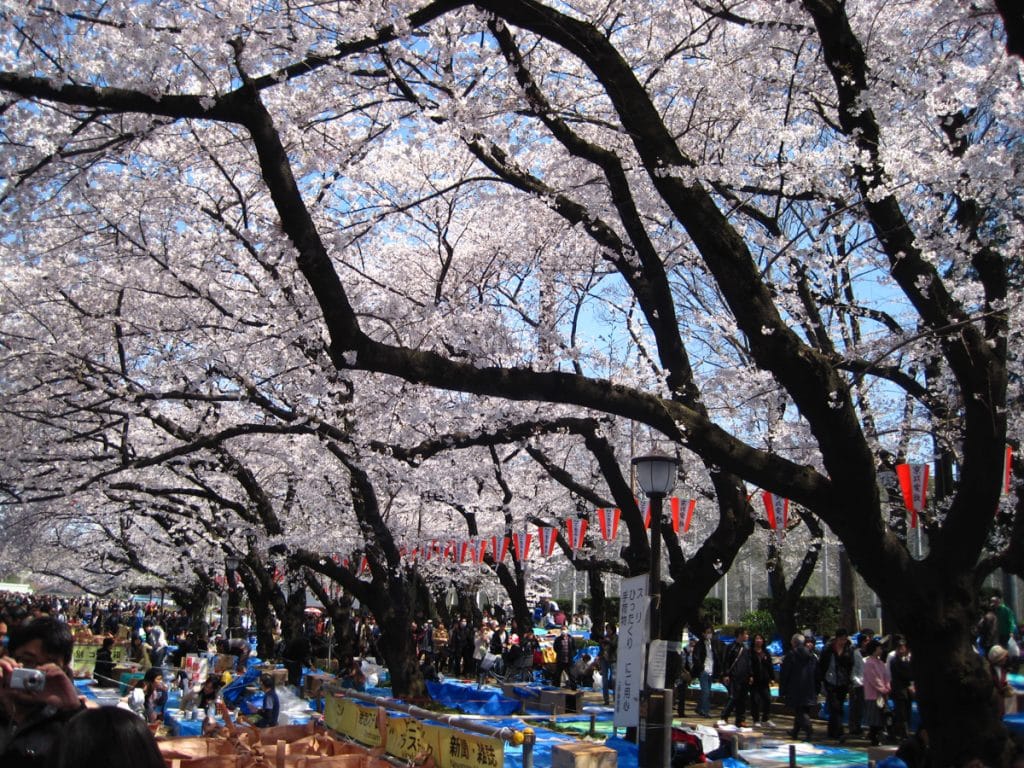
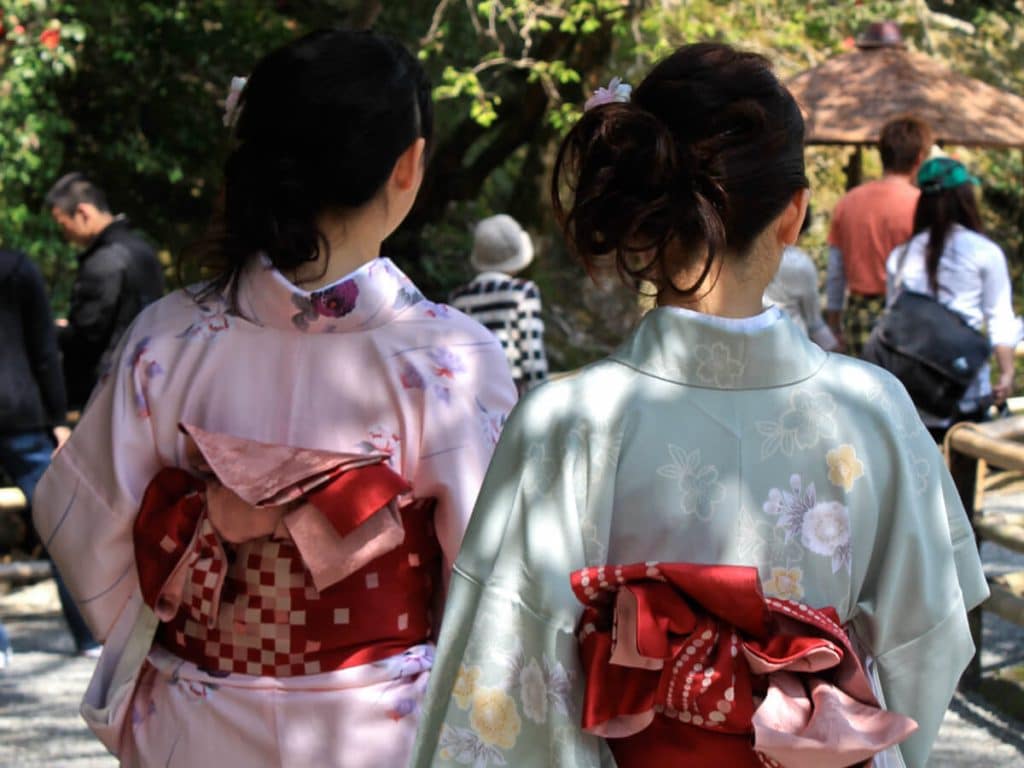
Many food products are available: sakura mochi (glutinous rice) in pastel shades, special KitKat “sakura”, Asahi beer, or the famous Starbucks Frappuccino.
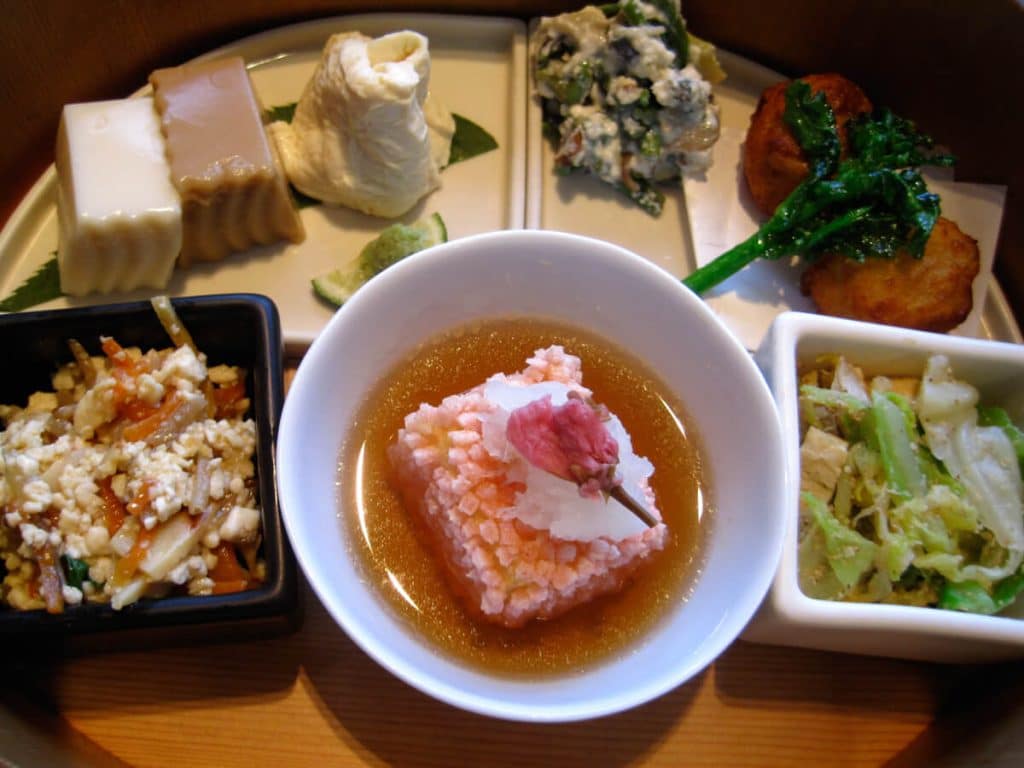
Illuminations
Enjoying cherry blossoms at night is a new way to spend a spring evening. There are a number of places to watch the cherry blossoms. Like the momijigari in autumn, many temples offer hanami illuminations in spring.
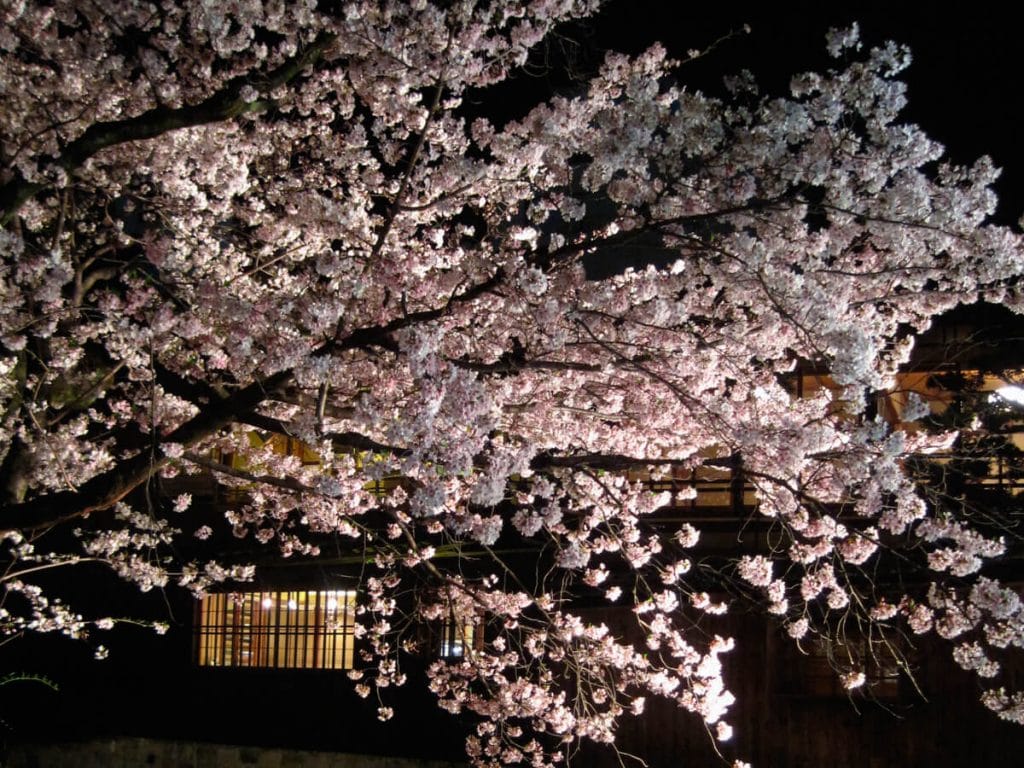
Where does hanami come from?
Practicing hanami is centuries old: the custom is considered to have started during the Nara period (710-784). However, it was only during the Heian period (794–1185) that the cherry blossoms began to attract more attention.
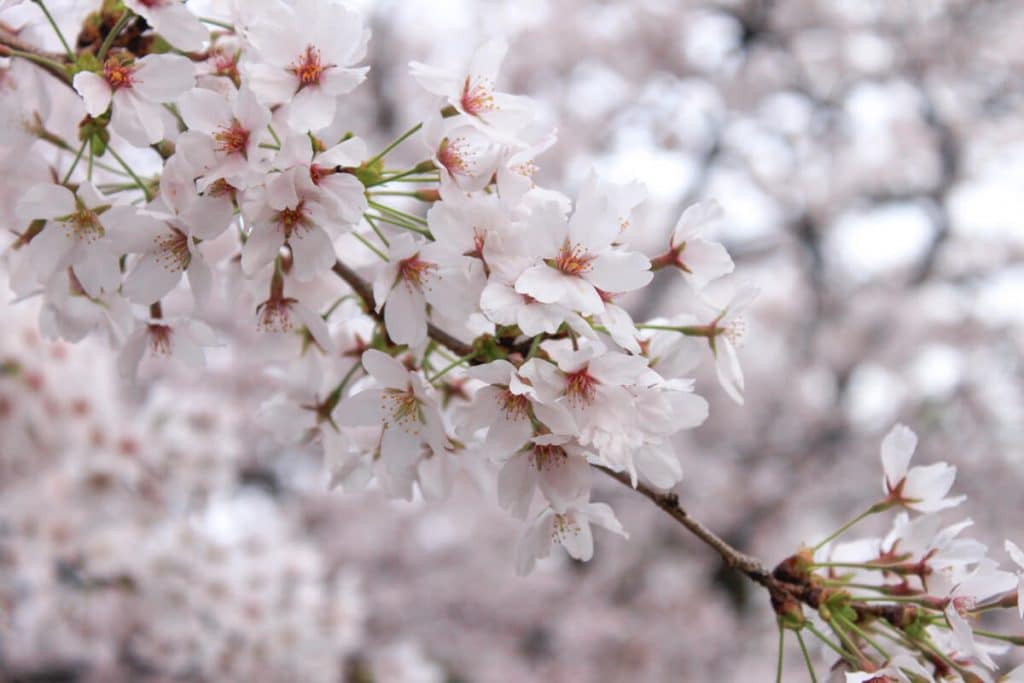
Cherry trees, sakura, were originally heralding the rice planting season. The emperor Saga created “flower contemplation” festivals. These were accompanied by sake and food under the branches of cherry trees in the imperial court of Kyoto. This custom was originally limited to the elite of the imperial court. It was only from the Edo period that it was adopted by the people.
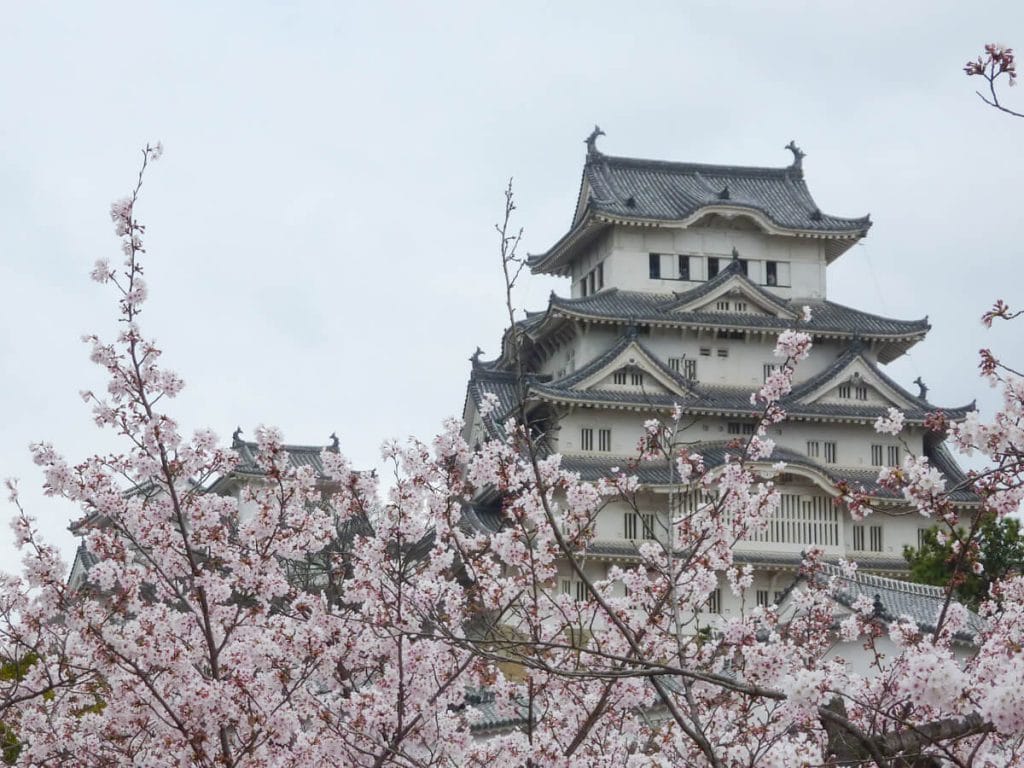
Cherry blossoms in the world
In 1912, Japan offered 3,000 cherry trees to the US to celebrate the friendship between the two countries. The trees were planted in Washington D.C. In 1965, 3,800 additional trees were donated. The city has become a must for lovers of hanami and cherry blossoms. This year, global self-isolation didn’t allow me to visit Japan in spring. However, close to my parents’ home (Annecy), I am lucky to have a small park with beautiful blooming trees. A quick hanami during my daily jog.
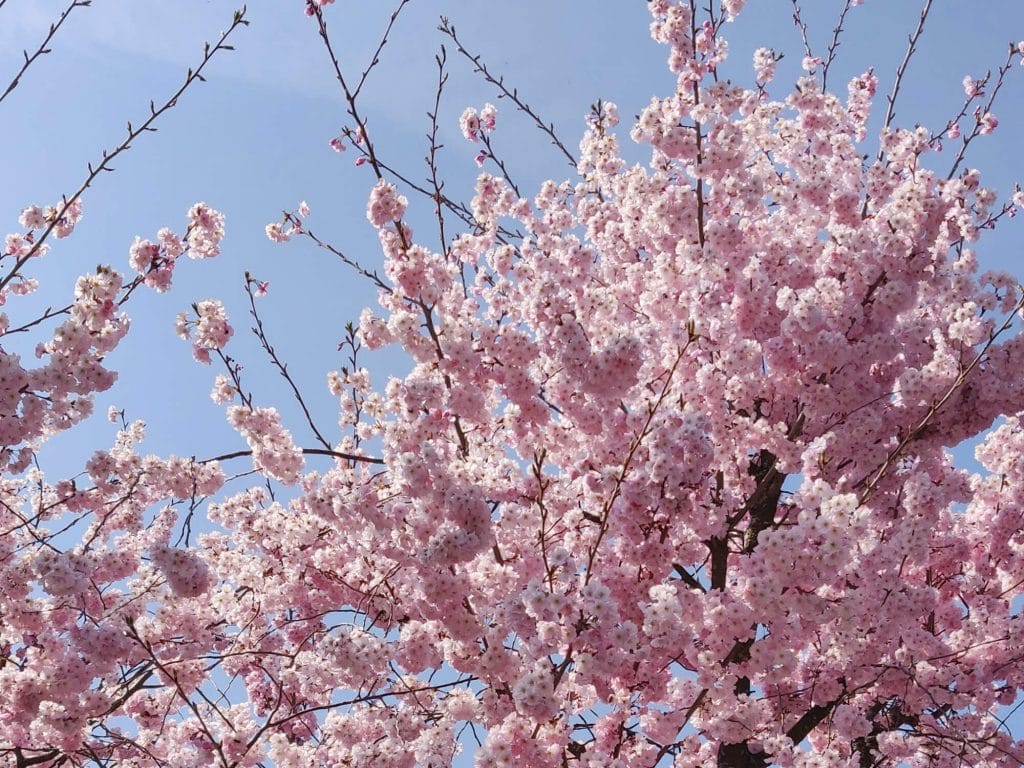
Spring is an ideal season to enjoy hanami in Japan. It is also the most popular season with Japanese and foreign tourists. Beware of the hordes of tourists who can make some visits unpleasant! Kyoto is a must, of course, but you should also make sure you visit less touristy spots like Iwakuni for example.
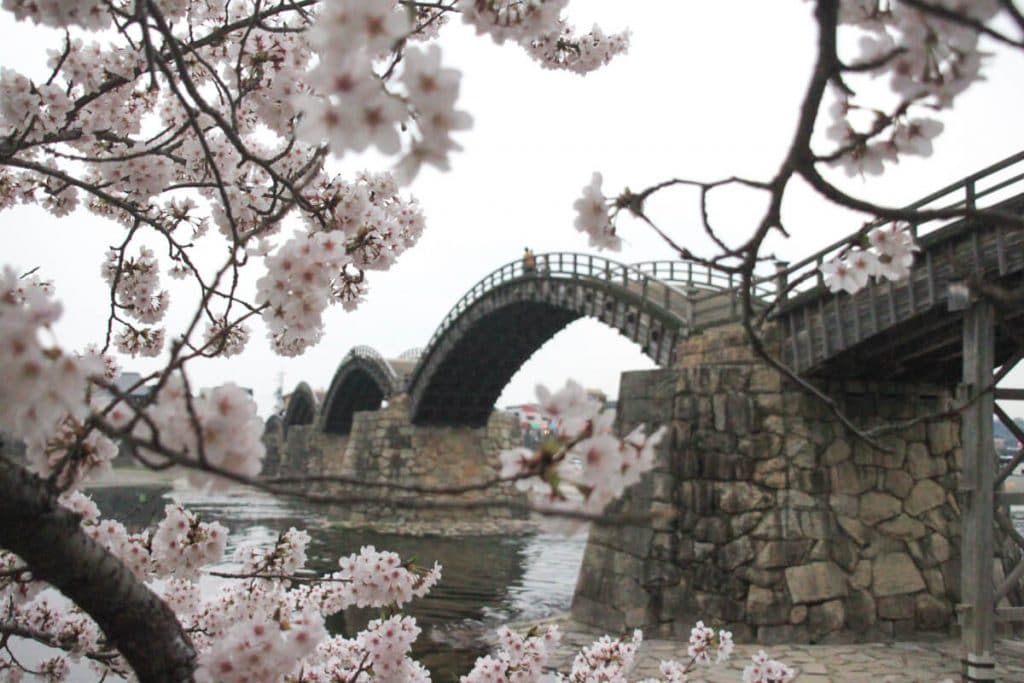
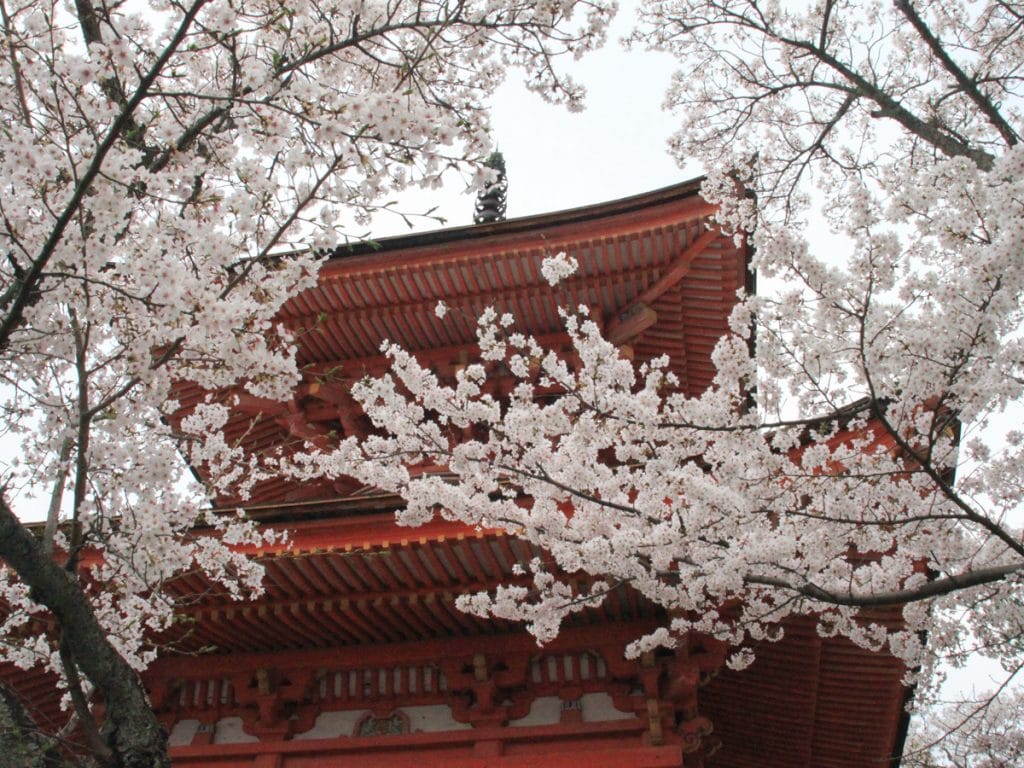
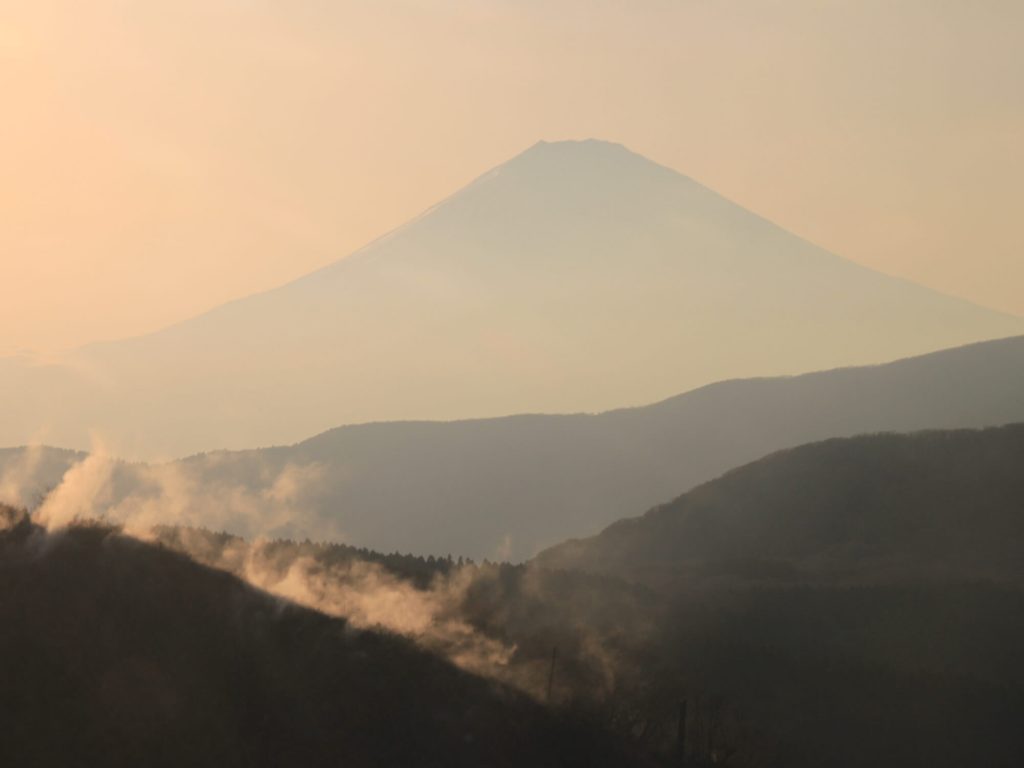
Even though Hakone isn’t the most popular spot for cherry blossoms, the spring colours and wonderful. I’m not going to lie to you, it’s a very busy place. But hanami-hunting crowds aren’t usually making it to Hakone. You can also stop to Odawara on the way, a small city famous for its cherry blossoms!

